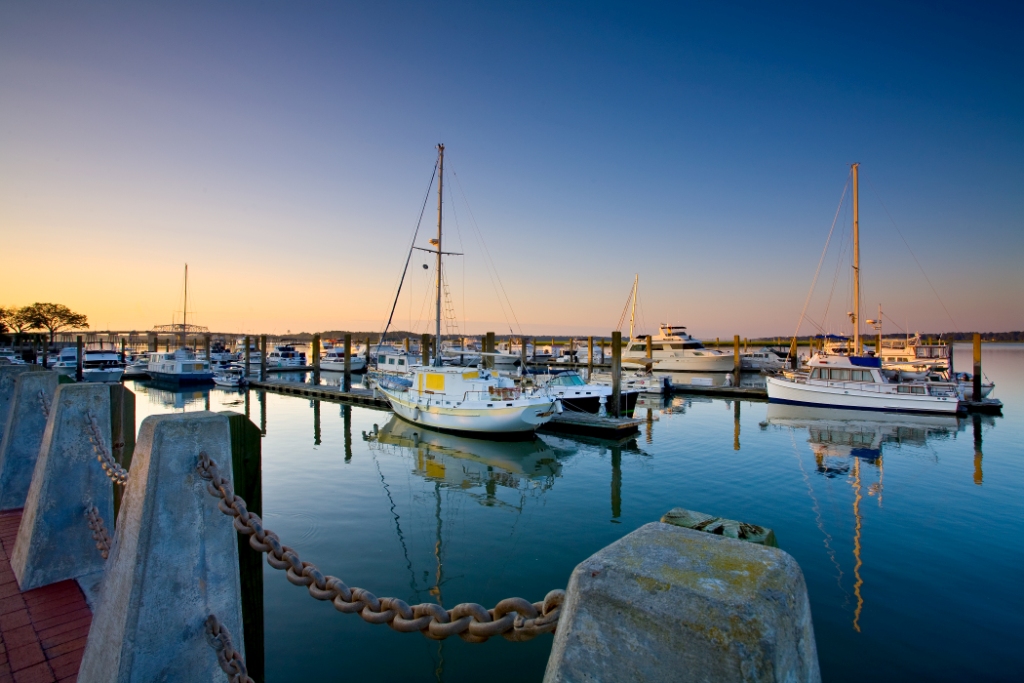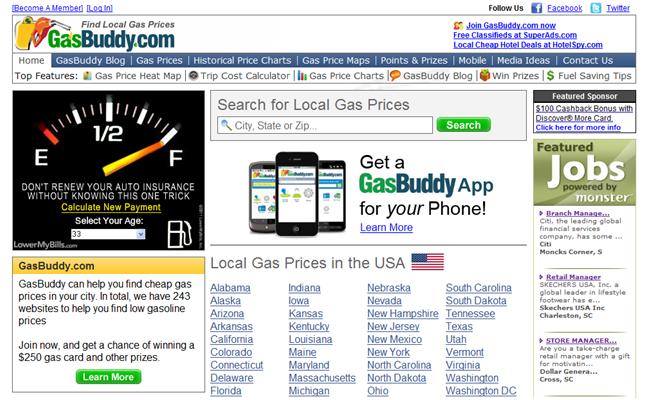Custom motorcycles have increased dramatically in popularity, enabling motorcycle lovers to utilize their creativity and express their passion for riding. We found a few crazy motorcycles on the Internet that we’d love to share with you all–perhaps to spark some creativity for your custom bike vision . . .
See below for bizarre bikes:
 Image above taken from www.Just-Whatever.com.
Image above taken from www.Just-Whatever.com.
 Image above taken from www.SoothBrush.com.
Image above taken from www.SoothBrush.com.
 Image above taken from Andyw-inuk.
Image above taken from Andyw-inuk.
 Image above taken from TheSmokingTire.com.
Image above taken from TheSmokingTire.com.
 Image above taken from OhioRiders.net.
Image above taken from OhioRiders.net.
Share this post with your friends on Twitter!
Are you looking for a new and exciting way to experience the road? The Can-Am Roadster might be just the vehicle you’re looking for. With a three-wheel stance and sleek body, the Can-Am Roadster is one of the most unique vehicles on the road.
Learn more about the Can-Am Roadster in the video below:
Subscribe to our RSS feed to receive instant blog updates.
 Enrolling in motorcycle school is one of the best ways to become a better and safer motorcycle rider. Not only does motorcycle school help you to become proficient in new-found skills, but it also helps you to feel more confident in any type of environment—whether you’re traveling through a big city or obstacle track.
Enrolling in motorcycle school is one of the best ways to become a better and safer motorcycle rider. Not only does motorcycle school help you to become proficient in new-found skills, but it also helps you to feel more confident in any type of environment—whether you’re traveling through a big city or obstacle track.
Many motorcycle schools offer a range of classes for different skill levels, helping riders get the most beneficial instruction for their money.
A great motorcycle school will teach beginners how to observe the road and surroundings around them, body positioning techniques, coordination strategies, traction skills, safety tips for various settings, and steering, handling, and shifting techniques.
What many beginner riders might not realize is that riding a motorcycle is a whole different game than operating a motor vehicle. You have to deal with drivers who may not always be courteous or aware of your presence and there are different laws and rights while operating a motorcycle. Not to mention, there are several safety factors riders must take into account while operating a motorcycle, including head and body protection, weather conditions, traction, and time of day.
Honing your motorcycle skills is one of the best ways to decrease your chances of being involved in a motorcycle accident and preventing personal injury.
Have you ever attended motorcycle school? If so, what did you think of it?
Some of my favorite rides happen right here in the Lowcountry. I love the landscapes and the relaxing atmosphere of the countryside and coastline. But there are times when I have to venture into urban areas, which has an effect on my mindset and driving. My mind is no longer clear and calm. Instead, I’m highly attentive to my surroundings and always on high alert with the hustle and bustle of big city life.
When you’re driving into the city on your motorcycle for the first time, it’s important to make a proper transition in your mindset and know primary safety tips to prevent you from being involved in a motorcycle accident.
Below are a few tips for riding in the city:
Keep your distance: One of the best ways to avoid a motorcycle accident is by keeping a safe distance from other drivers. I usually stay a good 20 – 30 feet behind any vehicle to ensure that I have enough time to stop without causing the person behind me to ram into me.
Look out ahead: I always keep my eye on the vehicles in front of me (not just the vehicle immediately in front of me). Often times, the vehicle in front of you might not see that the traffic ahead has stopped and will slam on his or her breaks. This, in turn, requires you to slam on your breaks. To prevent this from occurring, always keep an eye on the first two vehicles in front of you. If you see the first vehicle breaking, you can start to tap your break to anticipate a stop before you have to screech to a halt.
Stand out: Many motorcycle accidents occur when drivers either don’t see a motorcyclist or do not understand a motorcyclist’s right of way. To prevent this, always wear bright colors, don’t drive in a vehicle’s blind-spot (if possible), and be extremely cautious when a vehicle is in close range. If you have the right of way, don’t just assume the driver knows this. Keep an eye out, go slow, and be ready to break or swerve.
And my final piece of advice is to be aware of all your surroundings, looking out for any potential hazards or signs that another driver might not be paying attention.
If you or someone you know has been involved in a South Carolina motorcycle accident, contact the Uricchio Law Firm to speak with one of our personal injury attorneys.
 Twenty seven U.S. states currently have partial motorcycle helmet laws—this means that, depending on a motorcyclists age, they may be required to wear a helmet. Some states even have bicycle helmet laws. In South Carolina, individuals who are 20 years-old or younger are required by the state to wear a helmet while operating a motorcycle. The only states that do not have age requirements associated with helmets include Illinois, Iowa, and New Hampshire.
Twenty seven U.S. states currently have partial motorcycle helmet laws—this means that, depending on a motorcyclists age, they may be required to wear a helmet. Some states even have bicycle helmet laws. In South Carolina, individuals who are 20 years-old or younger are required by the state to wear a helmet while operating a motorcycle. The only states that do not have age requirements associated with helmets include Illinois, Iowa, and New Hampshire.
We did a sweep of current motorcycle news across the country and found a few states that are in the works of changing their motorcycle helmet laws. Below are three mini news stories related to motorcycle helmet laws across the country:
Connecticut: According to a recent article on NewHavenIndependent.org, “The analysis of state Department of Transportation crash data between 2001-2007 found that there were 9,214 motorcycle crashes, including 358 fatalities. The number of fatalities was more than twice as high – 235, or 65.6 percent – among those riders who were not wearing helmets as among those who were – 123, or 34.4 percent.”
Connecticut implemented a mandatory helmet law in 1989 for motorcycle riders 17 years of age and younger. Since 1989, legislation was to change these laws arose five separate times, however, the law has remained the same.
Michigan: According to an article on Northern Michigan’s 9&10 News, 2011 just might be the year when motorcycle helmet laws are dropped. “Some still feel optimistic this could be the year the law gets repealed due to the republican control in the state house, senate, and the new republican governor.”
Oregon: Currently, all motorcycle riders must wear a helmet—no matter their age. According to the Insurance Journal, Oregon legislators are attempting to pass partial motorcycle helmet laws, which would require motorcyclists under the age of 21 to wear a helmet. Click here to view the 76th Oregon Legislative Assembly House Bill 3141.
To view all state motorcycle laws, click here.
Valentino Rossi was the first to embark on a series of laps aboard the new Ducati Desmosedici GP12, scheduled to enter the market next year. It’s a beautiful bike when it’s not running, but as soon as the engine roars and it hugs the inner track, it becomes even more stunning.
To read the article on Valentino’s ride, click here.
See the video below, which features Valentino Rossi on his first ride of the Ducati:
For more great videos and motorcycle tips, sign up for our RSS feed.
Taking a motorcycle road trip is one of my favorite weekend activities. It’s nice to just get away and unwind on the open road. And there’s no better time to embark on a motorcycle trip than the beginning of spring when all the trees and shrubbery are in bloom. Not to mention, the weather is perfect for an open-air drive.
South Carolina is one of my favorite places to ride and the best region for driving is the beautiful Lowcountry. Here, you’ll travel past sprawling marshes, horse- and cow-clad farms, forests, and rivers.
Below are three of my favorite South Carolina rides:
Trip to Beaufort: If you’re looking to soak in some picturesque scenery on your motorcycle trip, you’ll definitely want to take a trip to Beaufort. Here, you can enjoy a nice picnic in Hunting Island State Park, enjoy nature walks, or explore Beaufort’s old historic district. This quaint seaside town is a great way to enjoy nature and the coast.
 Image above taken from BeaufortSC.org.
Image above taken from BeaufortSC.org.
Highway 28: The Blueridge Parkway offers some great twists and turns, as well as sprawling views of valleys and rolling hills. Sometimes it’s nice to get away to the mountains and breath the fresh air from above sea level!
Cherokee Foothills Scenic Highway: Witness waterfalls, lakes, rivers, mountains, and a variety of wildlife on this picturesque route through northwestern South Carolina. On your way along this highway, there are a handful of state parks that are great to stop at and enjoy a picnic or relax as you enjoy the quiet natural surroundings.
What’s your favorite South Carolina ride?
Traveling far distances via motorcycle is one of the best ways to take in the beauty of the country and unwind. There’s nothing like taking a scenic motorcycle trip up the east coast to explore some of the country’s most beautiful landscapes.
Whenever I’m planning to take a long trip via my motorcycle, I always take a few steps to prepare. See below for some tips to prepare you for your next motorcycle adventure:
1. View Google Maps: It’s always a good idea to have some clue of where you’re headed! Even if you want to fly-by-the-seat-of-your-pants, using Google Maps to find your way to an end destination is extremely helpful—especially if you get lost and have NO clue where you are, Google Maps can direct you toward your desired destination. And although it’s easy to completely rely on your iPad or smart phone, it’s a smart idea to print a map from Google Maps before you leave—just in case you don’t have Internet service.
2. Check Weather.com: Dressing appropriately for weather conditions is extremely important while traveling on a motorcycle for long distances. If it’s pouring rain and you didn’t prepare ahead of time, you might find yourself hanging out on the side of the road, waiting for the rain to subside—or even worse, you might end up in a motorcycle accident. If there is a chance of rain, be sure to wear and pack bright-colored clothing so that other drivers can easily spot you on the road. Also, have a helmet that contains a shield to help you keep an eye on the road.
3. Research gas station locations: Nothing is worse than getting stuck on the side of the road without gas. Be prepared by researching nearby gas stations, just in case you find your motorcycle only has a quarter of a tank left—some stretches of road don’t have gas stations for miles. I suggest using GasBuddy.com. Not only does this website show you where nearby gas stations are, but it also shows you the cheapest stations to purchase gas.
How do you prepare for long motorcycle trips?





